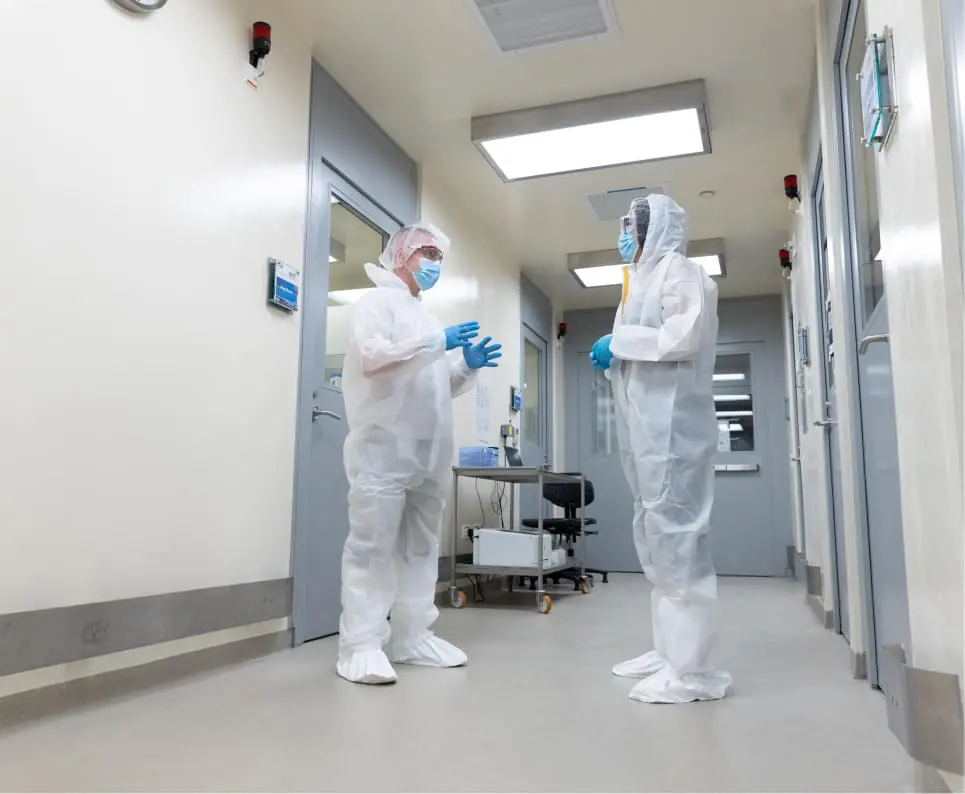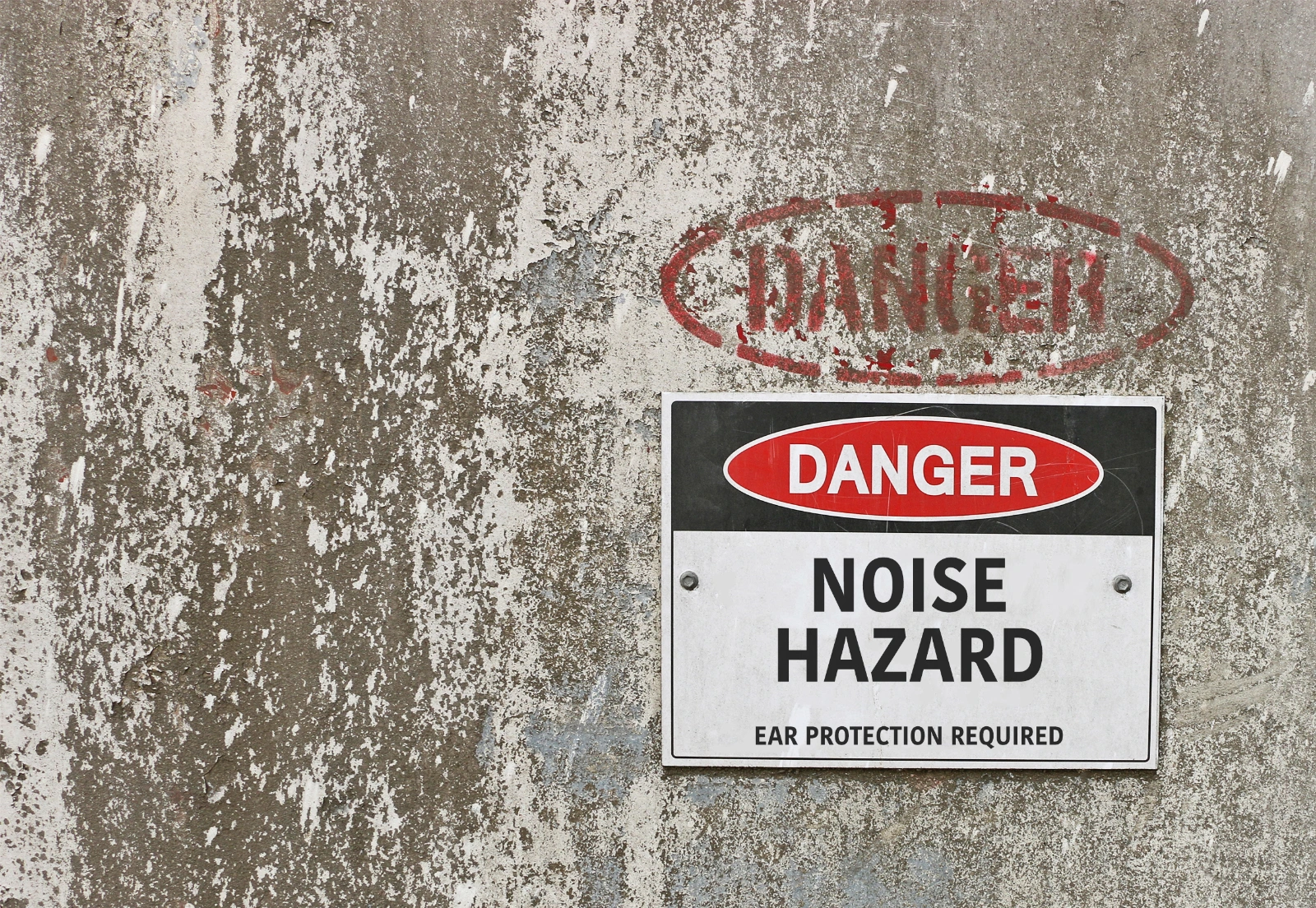




Quick Links:

Health monitoring and surveillance are the processes of evaluating the health of worker(s) as it relates to their potential exposure in the workplace or lab to biohazardous agents, monitor the results of an exposure, and arranging for and monitoring post-exposure prophylaxis.
Health monitoring and surveillance are a systems of ongoing health checks. All medical information is kept in strict confidence within the Occupational Health department.

If it has been identified that you require a tetanus diphtheria, Hepatitis B or Rabies vaccination through a health surveillance program (e.g., Animal Exposure program screening program, Blood borne pathogen exposure program) you will require documentation to support your vaccination status (including titer where vaccination records cannot be produced). In the Kingdom, vaccinations can be provided at KAUST health. More information can be found by visiting the Immunization Program here.


Those who have workplace exposure will be enrolled into the appropriate program by their supervisor.
The Noise Surveillance Program is designed to protect employees from the harmful effects of workplace noise exposure. Prolonged exposure to high noise levels can lead to irreversible hearing loss and other health issues. This program ensures that noise levels in the workplace are regularly monitored, and employees are provided with the necessary protective measures.
Employees working in environments where noise levels consistently exceed 85 decibels (dB) should be included in the Noise Surveillance Program. This includes, but is not limited to, individuals working with heavy machinery, power tools, or in areas with high ambient noise.
Noise Monitoring:
Regular assessments are conducted by Industrial Hygiene to measure noise levels in various work areas. These assessments help identify areas where noise exposure may be harmful and determine the need for protective measures.
Hearing Protection:
Employees identified as working in high-noise areas are provided with appropriate hearing protection, such as earplugs or earmuffs. The use of this equipment is mandatory in designated areas.
Audiometric Testing:
Employees enrolled in the program will undergo baseline and annual audiometric tests to monitor hearing levels over time. This helps identify any early signs of hearing loss, allowing for timely intervention.
Reporting and Follow-up:
Any changes in hearing ability or concerns about noise exposure should be reported to Occupational Health immediately. Follow-up testing and consultions will be arranged as needed.
Your Responsibilities:
Need more information on the program Hearing Conservation Program


This program applies to personnel, post-doctoral researchers, university students, visiting students, visiting researchers, consultants, service providers, and tenants who perform work as defined by KAUST while on or off campus directly involved with the use of lasers (Class 3b and 4) in KAUST facilities. In alignment with ANSI Z136.1-2022, personnel working with Class 3b (3B) and/or Class 4 lasers or laser systems are not required to obtain either a pre- employment or post-employment medical examination specific to laser use.
In the event of any accidental or suspected eye exposure to laser radiation, the individual must report to KAUST health emergency room as soon as possible (within 48 hours). A thorough eye examination shall be conducted by a qualified ophthalmologist, as specified in ANSI Z136.1-2022. In addition to the acute symptoms, consideration shall be given to the exposure wavelength, emission characteristics and exposure situation to ensure appropriate medical referral (see Laser Eye Injury Description Sheet).
Exposure to certain biological agents can affect fertility, and other serious health effects to a developing fetus. These risks apply to both men and women and may occur when working with infectious agents such as Listeria, Toxoplasma, Rubella virus, or Zika virus. If you are pregnant, planning a pregnancy, or concerned about potential exposure, speak with your healthcare provider and review our Reproductive Hazard Guidelines and email Occupational Health for a confidential assessment. Occupational Health can provide confidential advice and practical strategies to reduce risk and ensure safe work practices. More information can be found under the resources section see Biological Reproductive Hazards Fact Sheet
Respiratory Sensitizers
Respiratory sensitizers are substances that can cause an irreversible allergic reaction in the respiratory system when inhaled. Once sensitized, even minimal exposure can trigger symptoms. These substances can irritate and damage the nose, throat, and lungs, though sensitization often develops over months or years of exposure.
Common respiratory sensitizers include:
Allergy symptoms may include:
If you experience any of these symptoms, report them to your supervisor and Occupational Health immediately for proper investigation and guidance.

Have questions please email occupational.health@kaust.edu.sa